
What is your favorite bird species?
This is a question that many birdwatchers often ask me. However, without wanting to sound pretentious, my answer is that giving an exact response is very difficult in a country with more than 1,900 bird species. That being said, antbirds and Antpittas catch my attention because they are very elusive and difficult to photograph. I also really like the Andean Cock-of-the-rock due to its courtship behavior in leks, performed in the midst of the mystical cloud forest.
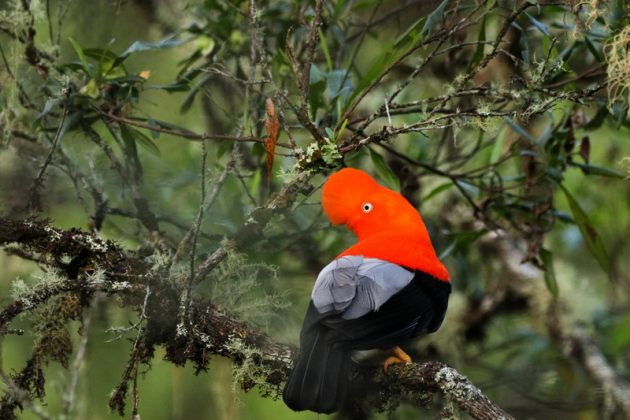
What is your name, and where do you live?
My name is Jose Luis, and although I am from the city of Lima, I have been living in Cusco for almost 20 years because this region is home to more than 1,100 bird species across its Andes, cloud forests, and rainforests.
What are the main regions or locations you cover as a bird guide?
Since the Cusco region has Peru’s three most important birding hotspots—Abra Málaga, Manu Road, and Machu Picchu—this is where I am most active. However, I also travel to Lima and the dry forest of northern Peru on special occasions.
Inca Wren
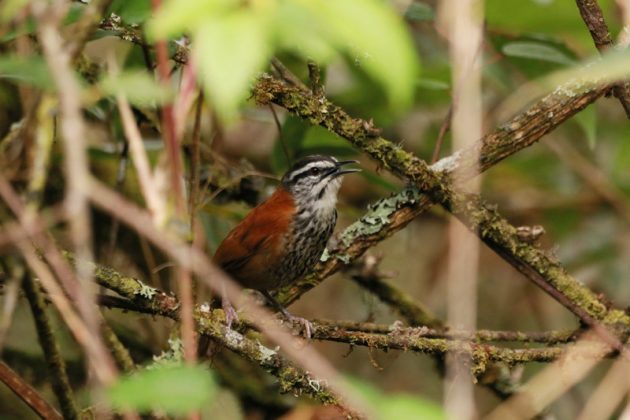
How long have you been a bird guide?
I have always been connected to nature, and although I started as a specialized orchid guide in 2003, it wasn’t until 2015 that I began working as a birdwatching guide.
How did you get into bird guiding?
Since I started my career as a guide specializing in orchids, wherever I went, there were always birds that caught my attention. That’s how I initially took up birdwatching as a light hobby. However, when I bought my first telephoto lens, I became completely hooked, and from that moment on, I never stopped. So much so that even my businesses contribute 20% of their profits to the environmental education and conservation project that I lead in Peru to protect different habitats of birds.
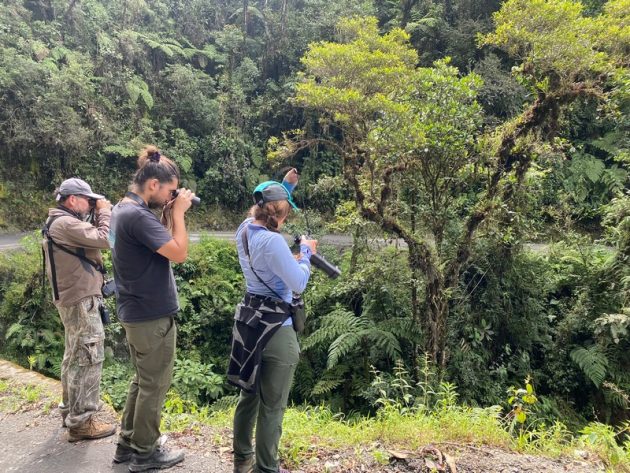
What are the aspects of being a bird guide that you like best? Which aspects do you dislike most?
What I enjoy most when guiding is the look of pure joy on a tourist’s face when they finally see the bird or birds they were searching for. I especially love guiding naturalists who appreciate and are amazed by every bird they encounter. On the other hand, what I enjoy the least is guiding listers. I completely understand their interests, but that style of birdwatching doesn’t truly satisfy me.
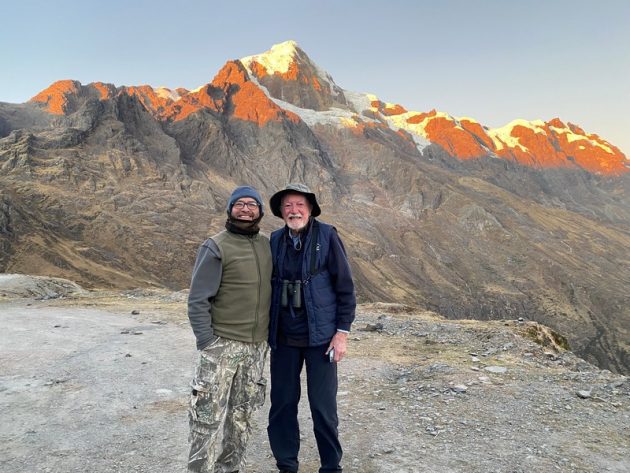
What are the top 5-10 birds in your region that you think are the most interesting for visiting birders?
The Cusco region where I live is home to many endemic birds, especially specialists in polylepis woodlands and bamboo chusquea patches. Some of the birds found in these areas include the Unstreaked Tit Tyrant, Marcapata Spinetail, Inca Wren, and Masked Fruiteater in the Machu Picchu area. Another very interesting area is about two hours from Cusco, on the border with the Apurímac region, where the White-eared Puffbird can be observed. Also, I think of different tanagers, woodpeckers, parrots, macaws, toucans, and toucanets.
White-eared Puffbird
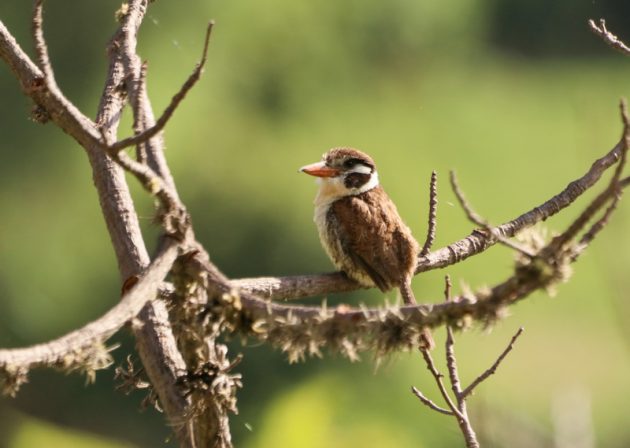
Can you outline at least one typical birdwatching trip in your area? Please briefly describe the locations, the key birds, and the approximate duration of such a trip
The most popular tour I usually guide is the Hummingbirds of the Sacred Valley of the Incas, as it combines birdwatching with incredible views of landscapes between the mountains and snow-capped peaks. Additionally, everyone, whether a birdwatcher or not, is always fascinated by the hummingbirds. I also include a brief stop at a high-altitude lagoon and a small forest, allowing us to observe species from different habitats.
The tour begins with picking up tourists from their hotel, then we drive for 30 minutes toward the Sacred Valley of the Incas, where we make a short stop in the middle of a forest to try to observe 3 endemic species such as the Chestnut-breasted Mountain Finch, Creamy-crested Spinetail, and Rusty-fronted Canastero, along with a striking bird like the Tit-like Dacnis. Next, we stop at a lagoon to observe birds like ducks, grebes, coots, and especially the Andean Goose and Andean Flicker. Finally, we arrive around mid-morning at the hummingbird garden (remember, hummingbirds stay active all day due to their need to recharge energy). In this place, the star is the Sword-billed Hummingbird, but depending on the season or month of the year, we can observe between 5 to 10 different species of hummingbirds native to the Andean valleys. The tour finishes at 12:30 – 1:30 pm in Cusco City. Perfect time for lunch!!!
Rusty-fronted Canastero
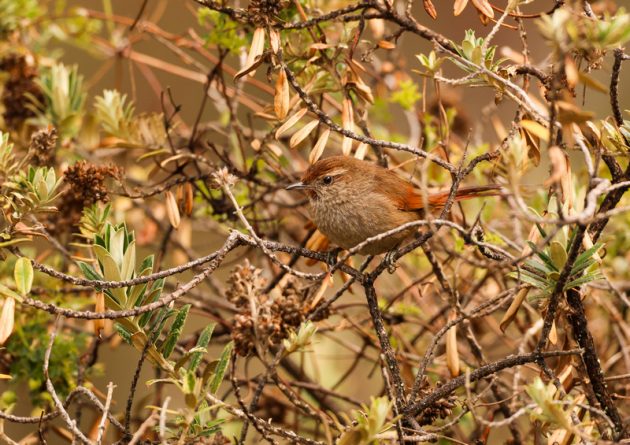
What other suggestions can you give to birders interested in your area?
Birdwatching in Peru can be quite a challenge, especially in places with many potential options. One example is Machu Picchu, which has a lot of overlapping species, and several birds can have very similar songs or calls. My recommendation is always to have a local guide to optimize time, money, and effort. However, if you go on your own, it’s very important to study not only the visual characteristics but also the behavior and calls. Additionally, if you’re birdwatching at high altitudes, it’s important to consider one or two days for acclimatization and adjustment to the altitude.
If any reader of 10,000 Birds is interested in birding with you, how can they best contact you?
You can find our travel agency, a formal, responsible, and government-recognized company in Peru, through our website, where you can make your reservation: https://machupicchucuscobirding.com/
Marcapata Spinetail
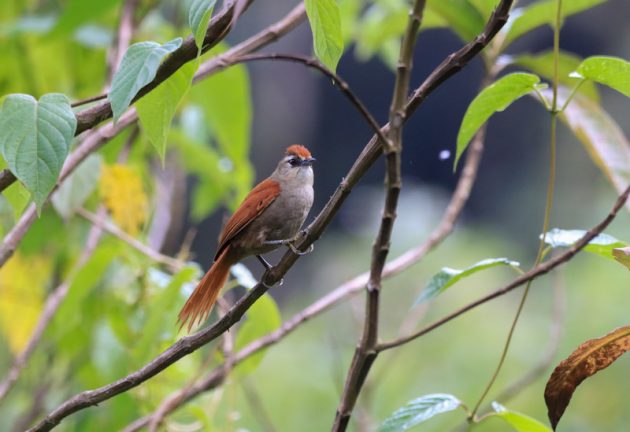
Is there anything else you would like to share with the readers of 10,000 Birds?
We firmly believe that the more people get to know the great nature of Peru, the better connection they will have with the environment. That’s why our goal is to get more people to practice birdwatching in the amazing Peru. To achieve this, our rates are the most affordable without compromising service quality. Additionally, demonstrating our environmental commitment, we have the Avistando Perú project, the only environmental education and conservation project in Peru through the recognition of birds.
This project includes the first and unique birdwatching channel in Peru. I invite you to learn more about our conservation project through this link: https://avistandoperu.com/
And check our birdwatching channel here in Spanish version with more than 100 episodes with English subtitles: https://www.youtube.com/@avistandoperu
Also you can check our birdwatching channel in English version: https://www.youtube.com/@perubirdwatching
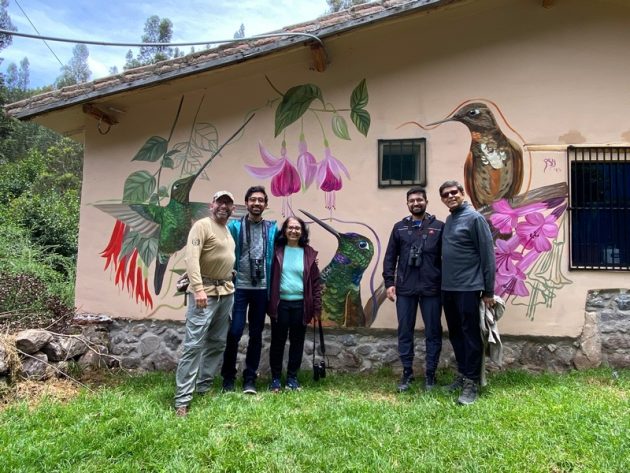


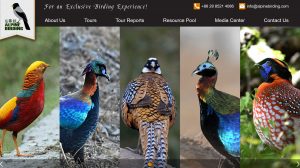
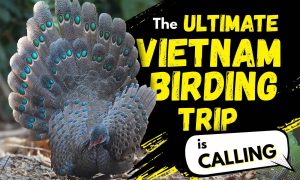
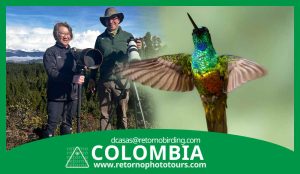
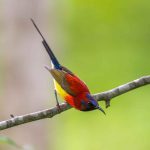
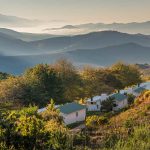
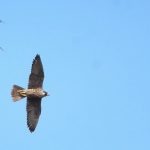
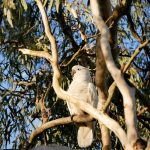
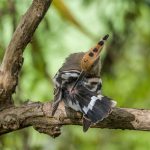
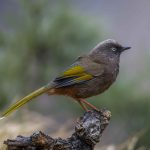

Leave a Comment